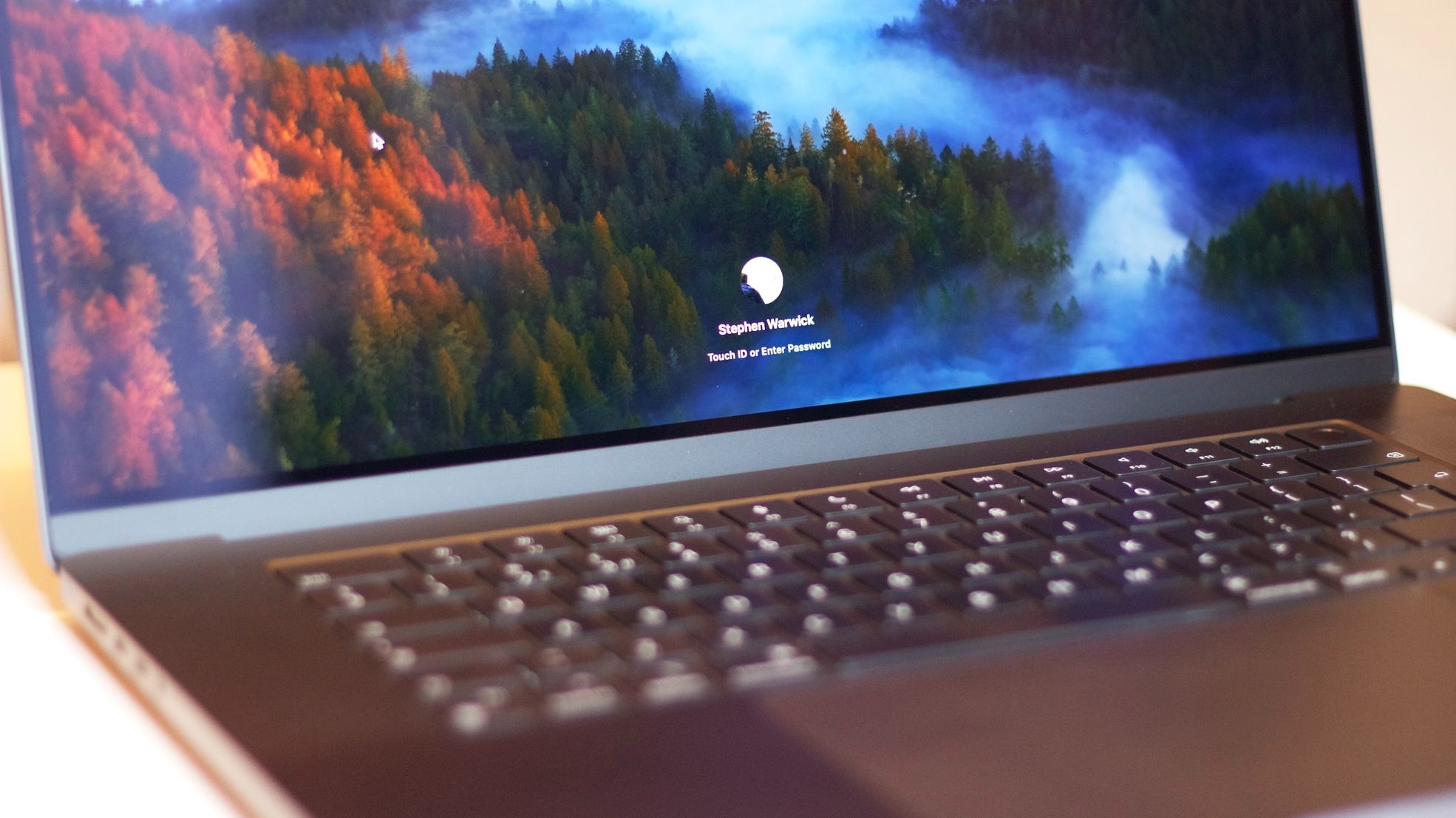
What you need to know
- Microsoft now has a support page for how to officially run Windows 11 on macOS through Parallels Desktop (or Windows 365).
- Parallels Desktop gained support for Apple's M3 chips late last year, but there is now an official support page about it from Microsoft.
- Parallels Desktop has some limits on M-series processors, including not being able to use Windows Subsystem for Android or Windows Subsystem for Linux.
- Parallels Desktop 19 costs $99.99 per year and requires a valid Windows license.
Apple launched its new M3 processors in November of last year. Now, just a couple of months later, there's an official support document about how to run Windows 11 on MacBooks and other Macs with M3-series chips. Windows 11 Pro and Enterprise can now be installed within a virtual machine on M3 Macs through Parallels Desktop. Specifically, Parallels Desktop 18 and 19 can work with M-series processors.
Support for M3 chips actually became available in November 2023 when the processors launched, but there's now a Microsoft support document about it.
Apple shifted away from Intel chips years ago, so there's a good chance if you're running a Mac in 2024 it has an M-series processor. That's largely a good thing, since Apple has an incredible reputation regarding its processors.
My colleague at iMore Stephen Warwick said in his MacBook Pro 16 review "the M3 Max 16-inch MacBook Pro is the pinnacle of portable Mac performance, a triumph of silicon engineering. There are now no excuses for owning an Intel-powered Mac."
For a niche of users, the only "excuse" remaining may have been needing to use Parallels Desktop to run Windows on a Mac. While Alludo, the makers of Parallels Desktop, added support for M1 and M2 chips last year, some holdouts may have stuck with Intel-powered Macs until now.
Apple takes many of the lessons it learns from making iPhones to improve its processor designs. For example, the M3 chips are the first computers to use the 3-nanometer build process. That process was used on the iPhone 15 Pro before being used to make M3 chips.
Why run Windows on a Mac?
You may ask yourself, "why would anyone want to run Windows on a Mac?" There are a few good reasons to have a setup with Apple hardware with the option to run Windows.
First, enterprise users require access to a wide variety of professional applications. Some of these are only available on Windows. Without a product like Parallels Desktop (or Windows 365) a professional user that prefers macOS or needs Apple hardware or software would need two devices. Some of the examples in the Parallels promotional video are a bit odd, since Microsoft Excel is already available on macOS natively. But plenty of accounting, professional, and enterprise apps remain Windows-only.
Similarly, students and teachers may need apps and services only available on Windows but have a MacBook for other parts of their workflow.
Developers also benefit from a dual-OS setup. You can develop and test apps and websites from a Mac even if those apps need to be run on a PC.
Despite Apple's efforts to make macOS into a gaming operating system, macOS still lags far behind Windows. More games are available on Windows and the vast majority of people who game on a computer use Windows.
We've come a long way from the stereotypical "PCs are for work and Macs are for creators" cliche, but the reality is that macOS and Windows still have their respective strengths and weaknesses. M3 support for Parallels Desktop lets you use the latest chips and hardware from Apple paired with Windows 11.
Limits of Parallels Desktop
While Parallels Desktop will open your computer to a vast range of applications and services, there are limits to the application. Running Windows 11 through virtualization has its limits, and there are other caps in place.
Microsoft explains that since the following features require an additional layer of virtualization that they don't work through Parallels Desktop:
- Windows Subsystem for Android, which enables your Windows 11 device to run Android applications that are available in the Amazon Appstore
- Windows Subsystem for Linux, which enables a GNU/Linux environment on Windows 11
- Windows Sandbox, a lightweight desktop environment to safely run applications in isolation
- Virtualization-based Security (VBS), which enables customers to create and isolate a secure region of memory from the normal operating system
Additionally, 32-bit Arm apps from the Microsoft Store are not supported on Macs with M1, M2, or M3 processors. That limit is unlikely to affect many users as 32-bit Arm applications are being deprecated across all versions of Windows.
Those running Parallels Desktop on a Mac with an M-series processor will have the best experience when using 64-bit Arm apps, but x64 or x86 apps can run on those systems through emulation.







